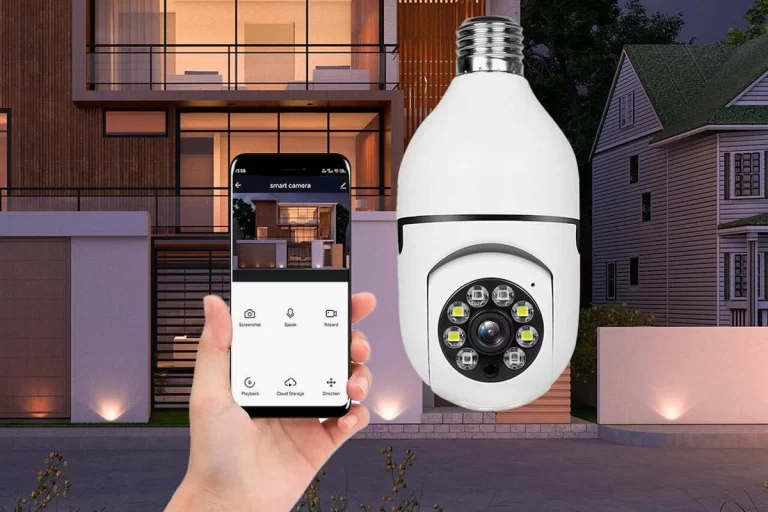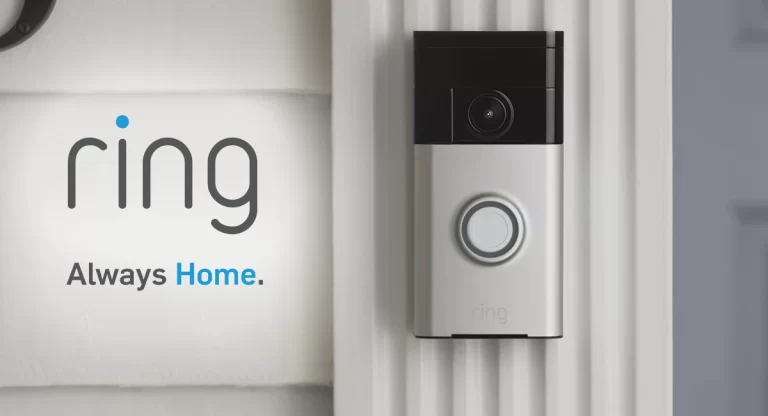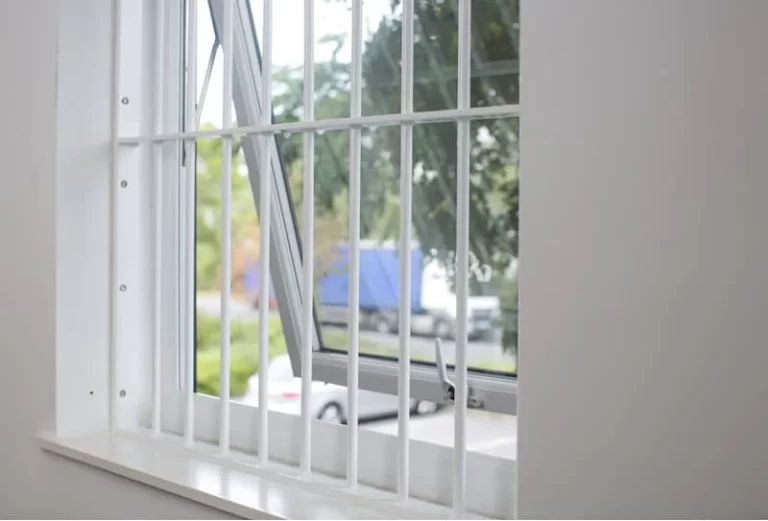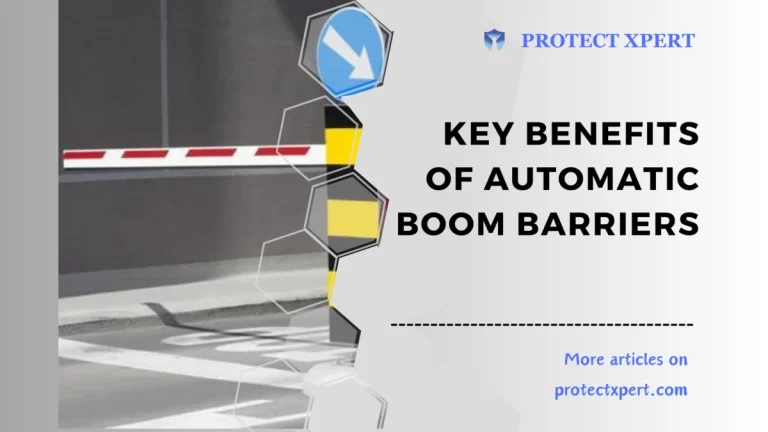Modern Energy Efficient Homes: Key Elements
Discover the wonders of modern energy-efficient homes and how they are revolutionizing sustainable living. Learn about their innovative features, cost-saving benefits, and environmental impact.
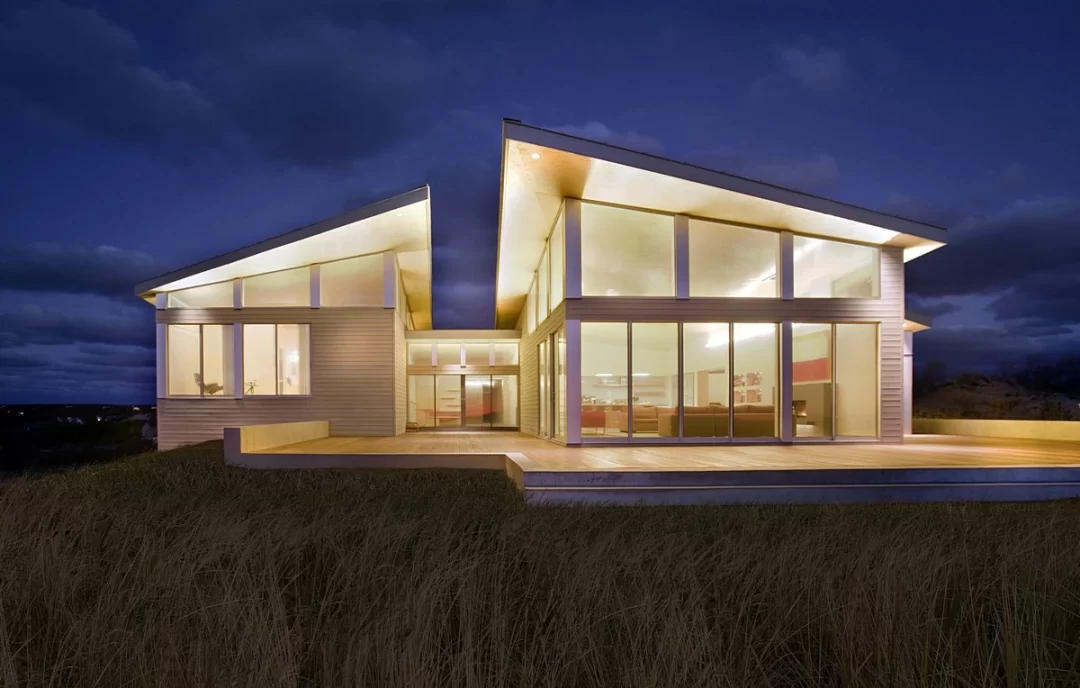
Modern Energy Efficient Homes: An Overview
Modern energy-efficient homes, also known as green homes or eco-homes, are dwellings designed to significantly reduce energy usage while maximizing comfort and functionality.
These homes integrate innovative technologies and sustainable practices to create an optimal living environment that conserves resources and minimizes environmental impact.
The Key Elements of Energy Efficiency
Creating an energy-efficient home requires a thoughtful approach that considers various essential elements. These key components contribute to the overall efficiency and sustainability of the dwelling:
1. Passive Solar Design
Utilizing the sun’s natural energy for heating and cooling, passive solar design optimizes the orientation and placement of windows, roofs, and walls.
This design harnesses sunlight to passively regulate indoor temperatures, reducing the need for artificial heating and cooling.
2. Energy-Efficient Insulation
High-quality insulation materials help maintain a consistent indoor temperature, reducing energy consumption for heating and cooling.
Proper insulation prevents heat loss during winter and keeps interiors cool in the summer, creating a comfortable living space year-round.
3. Energy-Efficient Windows and Doors
Modern energy-efficient homes feature windows and doors designed with double or triple glazing and weatherstripping to prevent air leaks.
These elements effectively retain indoor temperatures, keeping energy usage in check.
4. Energy-Efficient Lighting and Appliances
The use of energy-efficient LED lighting and appliances with high Energy Star ratings significantly reduces electricity consumption, promoting sustainability and cost savings.
5. Renewable Energy Sources
Incorporating renewable energy sources such as solar panels or wind turbines allows homeowners to generate their electricity, reducing reliance on traditional power grids and fossil fuels.
6. Smart Home Automation
Intelligent home automation systems help manage energy consumption by optimizing heating, cooling, and lighting based on occupancy and time of day.
7. Water Conservation
Energy-efficient homes also focus on water conservation, integrating low-flow fixtures, rainwater harvesting systems, and drought-resistant landscaping.
Benefits of Modern Energy Efficient Homes
Embracing the concept of modern energy-efficient homes comes with a plethora of benefits, ranging from financial savings to environmental preservation.
1. Reduced Utility Bills
By minimizing energy consumption and utilizing renewable resources, homeowners experience significantly lower utility bills, leading to long-term cost savings.
2. Enhanced Comfort
Energy-efficient homes maintain stable indoor temperatures, ensuring maximum comfort for occupants throughout the year.
3. Environmental Impact
With reduced energy usage and carbon emissions, these homes play a crucial role in combating climate change and preserving the environment for future generations.
4. Increased Property Value
As sustainability becomes increasingly valued, energy-efficient homes boast higher property values and enjoy increased market demand.
5. Health Benefits
Green homes often feature improved indoor air quality, leading to better health and well-being for the occupants.
Designing Your Own Energy Efficient Home
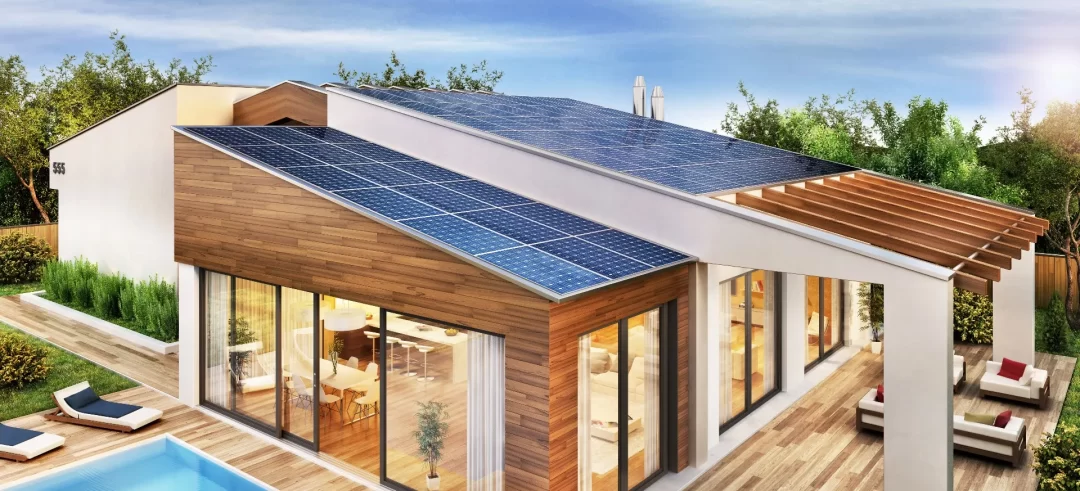
Creating your energy-efficient oasis involves careful planning and thoughtful choices. Here are some essential steps to guide you on your journey to designing your green home:
1. Conduct an Energy Audit
Begin by assessing your current energy usage and identifying areas for improvement. An energy audit will highlight where you can make the most significant impact on reducing consumption.
2. Choose the Right Location
Select a site that maximizes exposure to sunlight, considering the orientation and landscape for optimal solar gain.
3. Work with Sustainable Architects and Contractors
Collaborate with professionals experienced in designing and building energy-efficient homes. Their expertise will ensure your vision becomes a reality while adhering to sustainable practices.
4. Select Energy-Efficient Materials
Choose eco-friendly and sustainable building materials, such as recycled or locally sourced products, to reduce the environmental impact of construction.
5. Incorporate Passive Solar Design
Ensure your home’s layout and window placements leverage passive solar design principles to harness natural sunlight effectively.
6. Invest in Renewable Energy
Consider incorporating renewable energy sources, such as solar panels or geothermal systems, to power your home sustainably.
7. Implement Smart Home Technology
Install a smart home automation system to monitor and optimize energy usage, enhancing overall efficiency and convenience.
Conclusion
Modern energy-efficient homes are more than just architectural marvels; they represent a significant step towards a sustainable future.
By embracing these innovative and eco-conscious designs, homeowners can enjoy substantial cost savings, enhanced comfort, and a positive impact on the environment.
From passive solar design to renewable energy sources, each element of an energy-efficient home contributes to a greener and brighter tomorrow.
Whether you’re building a new home or looking to retrofit your existing one, exploring the world of energy efficiency is an investment in both your future and the planet’s well-being.
READ ALSO!!!

